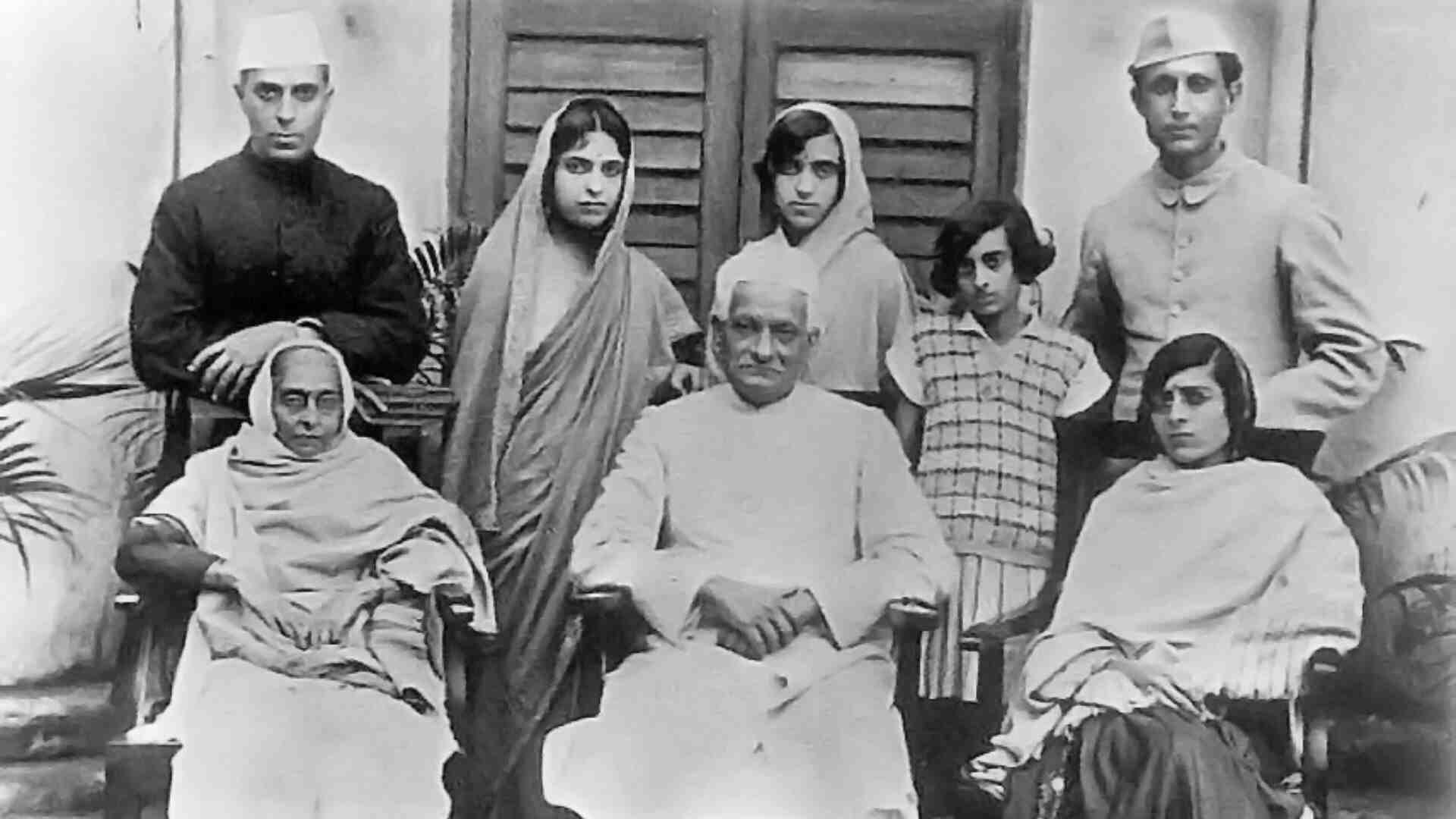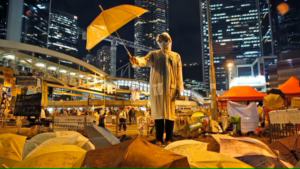Student protests have consistently demonstrated the power of youth activism to challenge injustice, advocate for rights, and drive societal change. Their impact extends beyond immediate policy outcomes to inspire future generations and shape the collective consciousness of humanity towards justice, equality, and human rights. These incidents illustrate the pivotal role that students and young people have often played in advocating for social justice, political reform, and human rights across the globe. They have frequently been at the forefront of movements that have reshaped societies and influenced historical outcomes.
Today, we are digging deeper to find out key student protests which acted as a catalyst in major reforms in the human history.
The Greensboro Sit-ins (1960)
Greensboro sit-in, act of nonviolent protest against a segregated lunch counter in Greensboro, North Carolina, that began on February 1, 1960. Its success led to a wider sit-in movement, organized primarily by the Student Nonviolent Coordinating Committee (SNCC) that spread throughout the South.
The sit-in was organized by Ezell Blair, Jr. (later Jibreel Khazan), Franklin McCain, Joseph McNeil, and David Richmond—all African Americans and all students at North Carolina Agricultural and Technical State University in Greensboro. Influenced by the nonviolent protest techniques of Mohandas Gandhi and the Journey of Reconciliation (an antecedent of the Freedom Rides) organized by the Congress of Racial Equality, the four men executed a plan to draw attention to racial segregation in the private sector. Enlisting the aid of Ralph Johns, a local white businessman who was sympathetic to their cause, the students, who came to be dubbed the Greensboro Four, planned their social action in great detail.
On the afternoon of February 1, 1960, the Greensboro Four entered a Woolworth’s general merchandise store that had a dining area. The men bought small items and retained the receipt as proof of purchase, before sitting down at the store’s lunch counter. While Blacks were allowed to patronize the dining area, they were relegated to a standing snack bar, as the lunch counter was designated for “whites only.” The Greensboro Four politely requested service at the counter, remaining seated while their orders were refused by the waitstaff. The lunch counter manager contacted the police, but Johns had already alerted the local media. The police arrived, only to declare that they could do nothing because the four men were paying customers of the store and had not taken any provocative actions. The media response, however, was immediate. A photo of the Greensboro Four appeared in local newspapers, and the protest quickly expanded.
The following day the Greensboro Four returned to the Woolworth’s lunch counter, accompanied by some 20 other Black university students. The scene played out again February 3–4, with protestors filling virtually all the available seats and spilling out of the store and onto the sidewalk outside.
Within weeks, national media coverage of the protest led to sit-ins being staged in cities across the country. Soon dining facilities across the South were being integrated, and by July 1960 the lunch counter at the Greensboro Woolworth’s was serving Black patrons. The Greensboro sit-in provided a template for nonviolent resistance and marked an early success for the civil rights movement.
Kent State (1970)
By 1970, Americans were deeply divided over the Vietnam War. Antiwar protests were common and intensified as the number of casualties increased and U.S. troops invaded Cambodia.
On May 1, students at Kent State University in Ohio began a protest against the war. They attacked police officers with bottles and rocks, broke windows and looted stores. A state of emergency was declared, and the Ohio National Guard was dispatched to keep peace. When they arrived the night of May 2, the university’s ROTC building was on fire. As angry protestors made it hard for firefighters to extinguish the flames, the National Guard used tear gas to clear the area.
At an antiwar rally the next day, protestors and the National Guard clashed again. When the guards sprayed tear gas into the crowd, some protestors defended themselves with rocks and whatever else they could find. Some of the guards then opened fire, killing four people and wounding nine. Kent State University and colleges across the country closed in fear of more violence.
Soweto Uprising (1976)
During the 1970’s, South Africa’s apartheid rule continued to use official procedures of explicit and implicit racism to subjugate and demoralize the black Africans in the country. By the 1970’s, the majority black communities were sick and tired of these oppressive policies, which led to an increase in violence, protests and militant activity. However, not all organizations and group efforts to fight apartheid involved violence. In 1974, the South African regime passed the Afrikaans Medium Degree which required all black schools to use and teach Afrikaans as much as English. Because the language of Afrikaans was strongly associated with apartheid, black South Africans preferred their indigenous languages or English. Opposition to this decree prompted black students to organize a peaceful rally on June 16, 1976 in the township of Soweto, located in the nation’s capital, Johannesburg.
Between 100,000 and 200,000 students marched peacefully through the streets of Soweto, carrying banners and chanting for freedom from oppression. Though the protests began peacefully, they quickly became violent as police officers began to massacre and harm hundreds of students gathered. The amount of casualties is unclear, with numbers ranging from 100-700 people dead and thousands injured.
Within days, young people in other townships were demonstrating in solidarity. Moved by the same youthful and unjaded outrage as their Sowetan peers, defiance in the face of state violence became characteristic of the revolt as it spread throughout South Africa. Demands quickly broadened to include calls to end not only Bantu Education, but apartheid itself. Activism took many forms, students countrywide organised campaigns, boycotts and stay-at-homes in their communities with varying degrees of success and co-ordination. Funerals for young people killed by police, transformed into mass political gatherings, became a mainstay of township life. By late 1977, the uprising had been quelled by the repressive violence of the state: in excess of 1,000 people were dead, and huge numbers of student activists were detained, imprisoned or driven into exile. But the forces unleashed in the uprising could not be extinguished. It had been the most significant challenge to the apartheid state in over a decade. For the first time in a long time, the uprising of youth made the end of apartheid seem possible.
The Fisk University protests (1925)
Fisk University has a long history of student activism. In 1925, Fisk president Fayette McKenzie restricted many student activities, including discontinuing the school newspaper, cutting most extracurriculars, and putting restrictions on interactions between male and female students. McKenzie was also seeking endowments from foundations that didn’t want students to challenge Jim Crow laws. W.E.B. Du Bois, who had attended Fisk, gave a speech on campus criticizing McKenzie.
Students and alumni began demanding changes, which McKenzie initially agreed to enact, but then he backtracked. In March, after a peaceful protest, McKenzie called the police, who broke into the men’s dorm violently searching for the “agitators.” This act turned the tide in the students’ favor. More protests began, as well as a boycott of the school. In April, Fisk resigned.
Hong Kong Umbrella Movement (2014)
Initiated by students and young people, this pro-democracy movement called for universal suffrage and democratic reforms in Hong Kong. The protesters occupied key areas of the city for weeks, using umbrellas to protect themselves from tear gas and pepper spray. The Hong Kong Umbrella Movement, also known as the Umbrella Revolution, was a significant pro-democracy movement that took place in Hong Kong from September to December 2014.
The movement was sparked by the decision of the Standing Committee of the National People’s Congress (NPCSC) of China to set strict limitations on the selection of the Chief Executive of Hong Kong through universal suffrage. Protesters argued that this decision violated the principle of “one country, two systems” promised when Hong Kong was handed over from British to Chinese sovereignty in 1997. The movement quickly escalated as protesters occupied key areas in Admiralty, Causeway Bay, and Mong Kok, effectively shutting down parts of the city for several weeks. Tent cities and makeshift barricades were set up to sustain the occupation.













